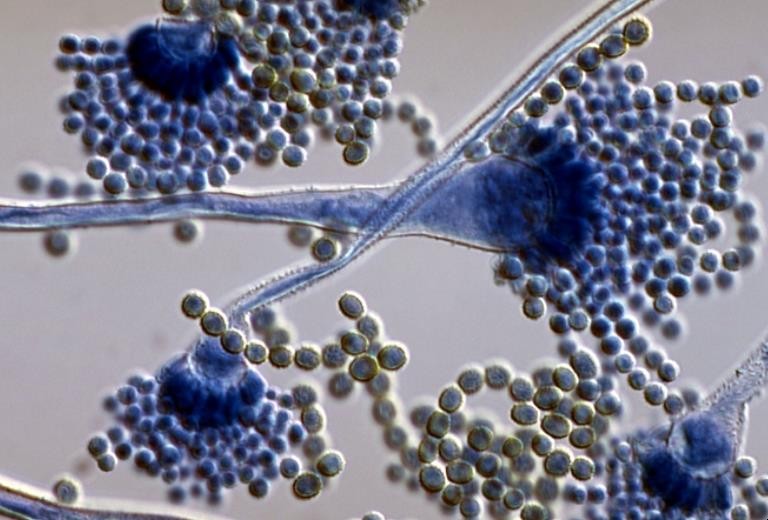Aflatoxin adsorbent quality manufacturers
Time:2023-10-23High-quality manufacturers take great care when storing and transporting aflatoxin adsorbents to ensure the product's efficacy and safety.Aflatoxin adsorbents are used to mitigate the harmful effects of aflatoxins in food and feed.Here's how high-quality manufacturers typically store and transport aflatoxin adsorbents:
Storage:
Controlled Environment: Aflatoxin adsorbents are sensitive to moisture and humidity, so they are typically stored in a controlled environment.The storage area should be dry, cool, and well-ventilated to prevent moisture ingress.
Airtight Containers: Aflatoxin adsorbents are often stored in airtight containers or bags to protect them from moisture and contaminants.The containers should be kept sealed to maintain product integrity.
Labeling: Each container or bag should be clearly labeled with product information, including the name of the adsorbent, lot or batch numbers, and storage instructions.This facilitates proper inventory management.
Quality Control: Regular inspections and quality control checks are conducted to ensure that the stored adsorbents maintain their quality and effectiveness.Any damaged or compromised packaging is addressed promptly.
Security Measures: The storage area should have security measures in place to prevent unauthorized access and tampering.This includes access control and surveillance where necessary.
Safety Regulations: Compliance with safety regulations and guidelines is essential.The storage area should be equipped with safety equipment, such as fire extinguishers and emergency response information.
Transport:
Packaging: Aflatoxin adsorbents are packaged in a way that minimizes the risk of contamination during transportation.Sealed bags or containers are used to protect the adsorbents from moisture and external contaminants.
Shipping Conditions: Transportation conditions are carefully managed to avoid exposure to excessive heat, humidity, or moisture.Temperature and humidity control may be necessary, especially for long-distance shipping.
Labeling and Documentation: Each shipment should be accompanied by proper labeling and documentation, including a bill of lading and certificates of analysis.This ensures traceability and regulatory compliance.
Quality Assurance: Prior to shipment, quality checks are conducted to verify that the adsorbents meet specified quality standards and that the packaging is intact.
Handling Equipment: Appropriate handling equipment is used to load and unload shipments to prevent damage to the adsorbents.
Customs and Regulatory Compliance: Compliance with customs regulations, import permits, and any specific transportation regulations of the destination country is essential.
Shipping Partner: High-quality manufacturers work with reliable shipping partners and logistics companies experienced in handling sensitive products to ensure that the adsorbents reach their destination in the best condition.
Emergency Response: In the event of accidents, spills, or other emergencies during transportation, emergency response procedures and materials should be readily available.
It's crucial for manufacturers to prioritize the proper storage and transportation of Aflatoxin adsorbents to maintain their effectiveness and safety.This includes ensuring that the product remains free from contamination and environmental exposure throughout the storage and transportation process.



 CN
CN





